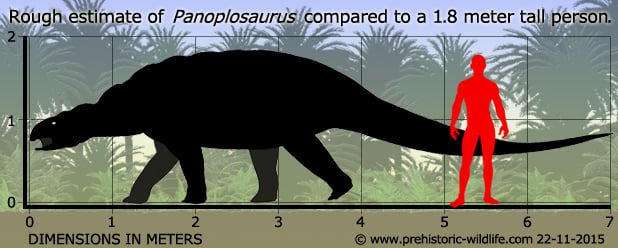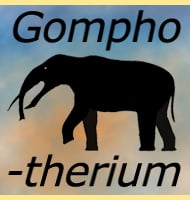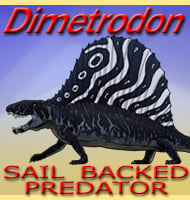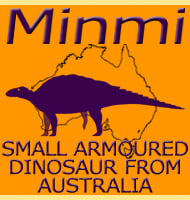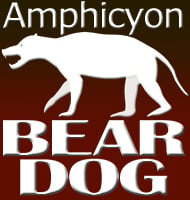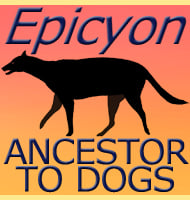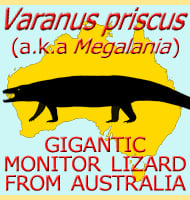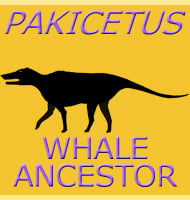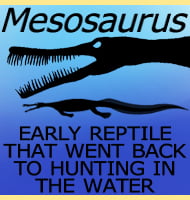In Depth
Panoplosaurus is one of the more famous of the North American nodosaurs, and a genus that lived during the later stages of the Cretaceous. Like with other nodosaurs, Panoplosaurus would have looked similar to an ankylosaur, though with a few key differences. The most obvious difference at a glance would have been the lack of a tail club; instead the tail of Panoplosaurus would have terminated in a tapered point like so many other dinosaurs. Also like other nodosaurs, and unlike ankylosaurs, the snout and mouth of Panoplosaurus would have been relatively narrow, possibly indicating that Panoplosaurus was a selective browser of low growing plants.
Like its nodosaur relatives, Panoplosaurus would have had heavy bony scutes running down the back and sides of the body. These scutes, technically known as osteoderms, would have acted like mail armour against the teeth and claws of predatory dinosaurs. However, one of the more common armoured choices of nodosaurs, the large shoulder spikes seen in some other genera, were absent in Panoplosaurus. This might suggest that the presence and arrangement of shoulder spikes in nodosaurs may have also served a display as well as a defensive purpose. With the absence of spikes, Panoplosaurus seem to have favoured the development of very large osteoderms that grew very close together on the neck.
Further Reading
- Description of a new genus and species (Panoplosaurus mirus) of an armoured dinosaur from the Belly River Beds of Alberta. - Proceedings and Transactions of the Royal Society of Canada, series 3 13:39-50. - Lawrence M. Lambe - 1919. - A supplementary study of Panoplosaurus mirus. - Transactions of the Royal Society of Canada, Third Series 4: 93-102. - C. M. Sternberg - 1921. - Ankylosaur systematics: example using Panoplosaurus and Edmontonia (Ankylosauria: Nodosauridae), by K, Carpenter. - Dinosaur Systematics: Approaches and Perspectives. Cambridge University Press, Cambridge, pp. 281-298 - K. Carpenter & P. J. Currie (eds). - 1990.
